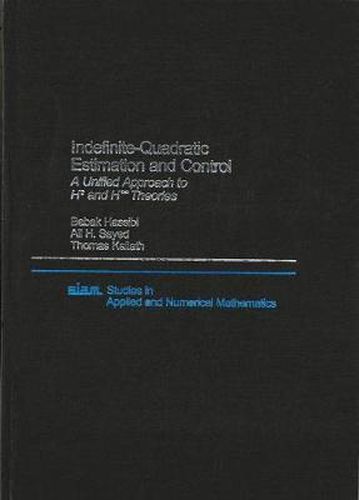Readings Newsletter
Become a Readings Member to make your shopping experience even easier.
Sign in or sign up for free!
You’re not far away from qualifying for FREE standard shipping within Australia
You’ve qualified for FREE standard shipping within Australia
The cart is loading…






This monograph presents a unified mathematical framework for a wide range of problems in estimation control. The authors discuss the two most commonly used methodologies: the stochastic H2 approach and the deterministic (worst-case) H* approach. Despite the fundamental differences in the philosophies of these two approaches, the authors have discovered that, if indefinite metric spaces are considered, they can be treated in the same way, and are essentially the same. The benefits and consequences of this unification are pursued in detail, with discussions of how to generalize well-known results from H2 theory to the H* setting, as well as new results and insight, the development of new algorithms, and applications to adaptive signal processing. The book focuses primarily on discrete-time dynamical systems, since these are the systems most important in current applications.
$9.00 standard shipping within Australia
FREE standard shipping within Australia for orders over $100.00
Express & International shipping calculated at checkout
This monograph presents a unified mathematical framework for a wide range of problems in estimation control. The authors discuss the two most commonly used methodologies: the stochastic H2 approach and the deterministic (worst-case) H* approach. Despite the fundamental differences in the philosophies of these two approaches, the authors have discovered that, if indefinite metric spaces are considered, they can be treated in the same way, and are essentially the same. The benefits and consequences of this unification are pursued in detail, with discussions of how to generalize well-known results from H2 theory to the H* setting, as well as new results and insight, the development of new algorithms, and applications to adaptive signal processing. The book focuses primarily on discrete-time dynamical systems, since these are the systems most important in current applications.